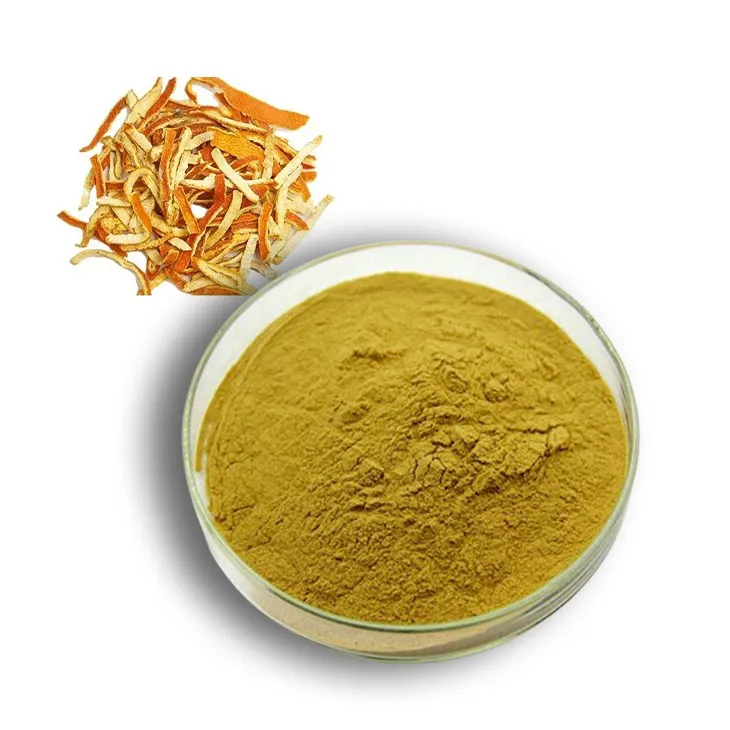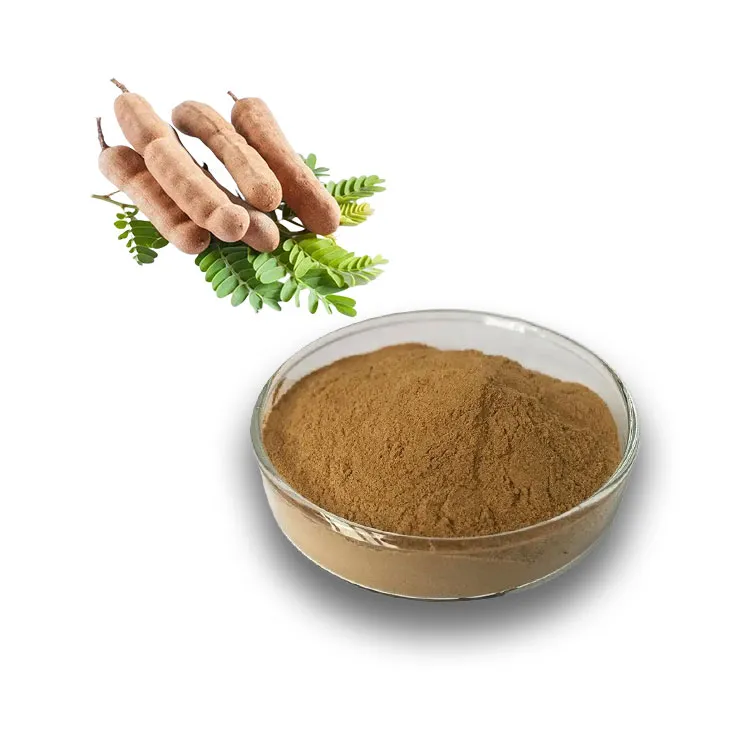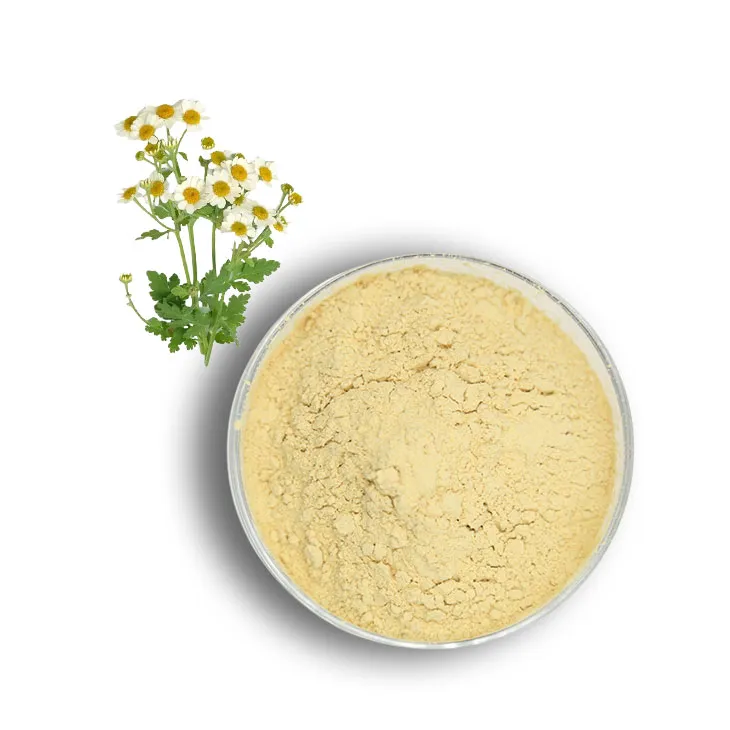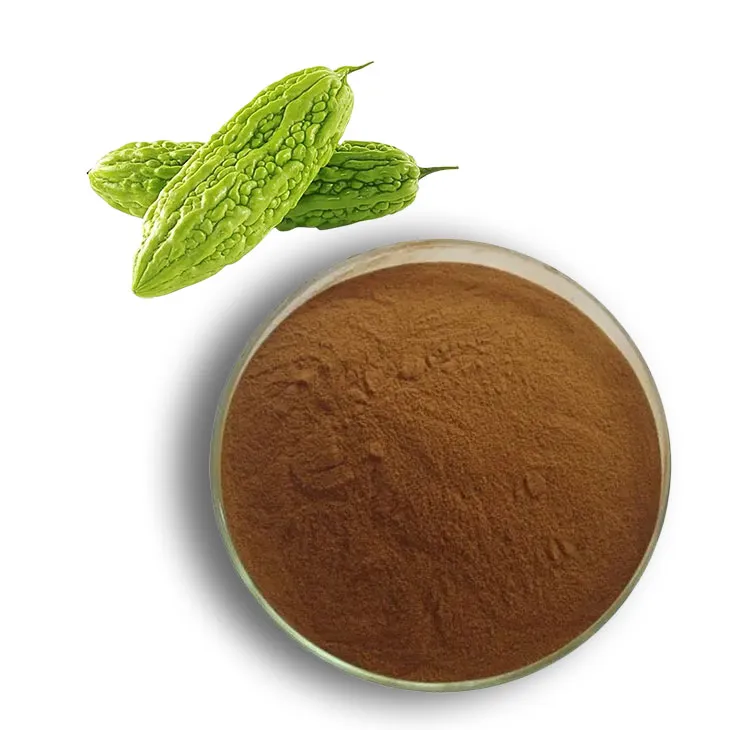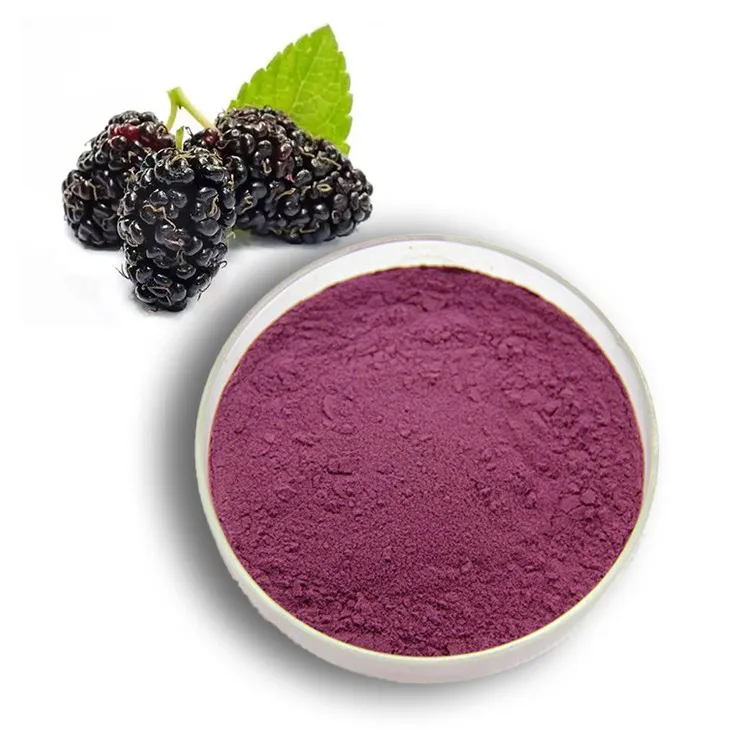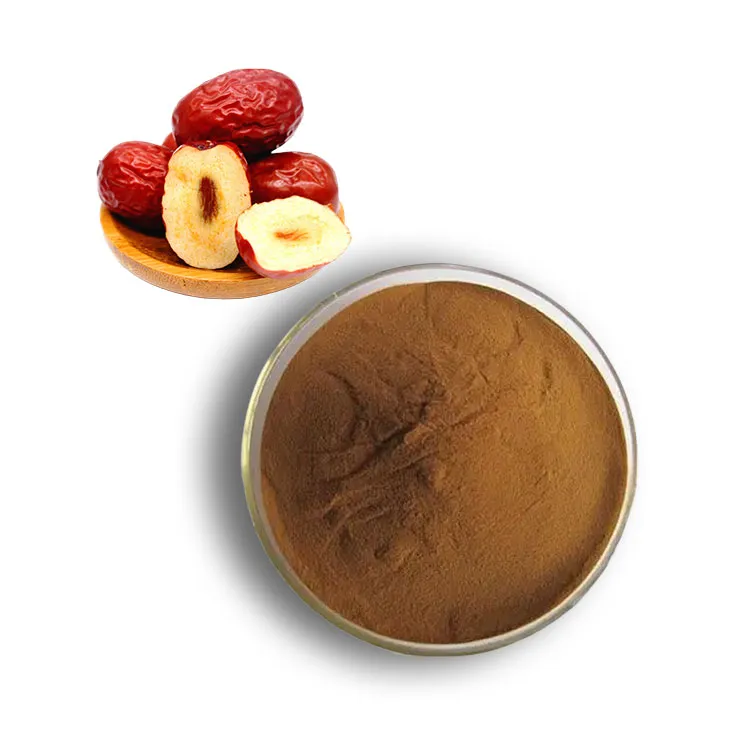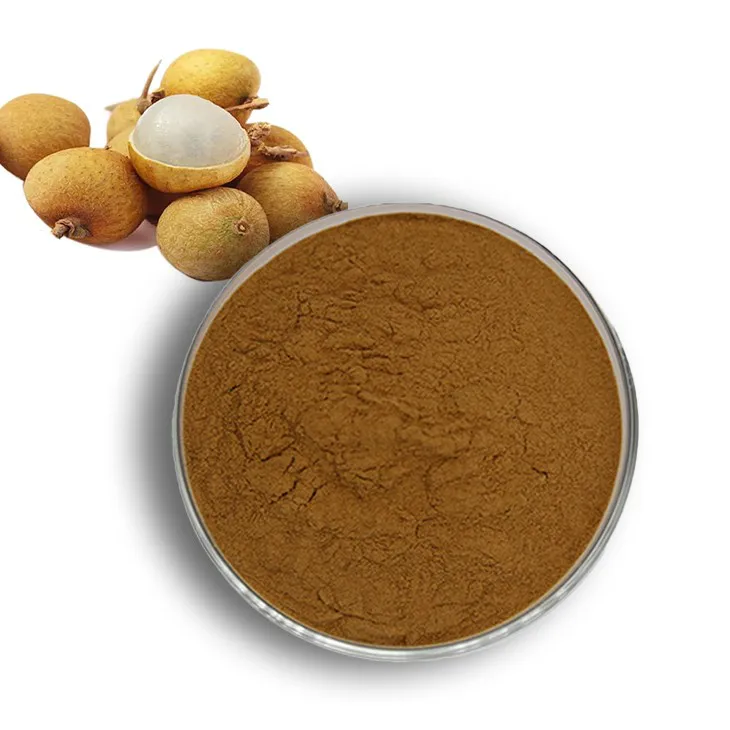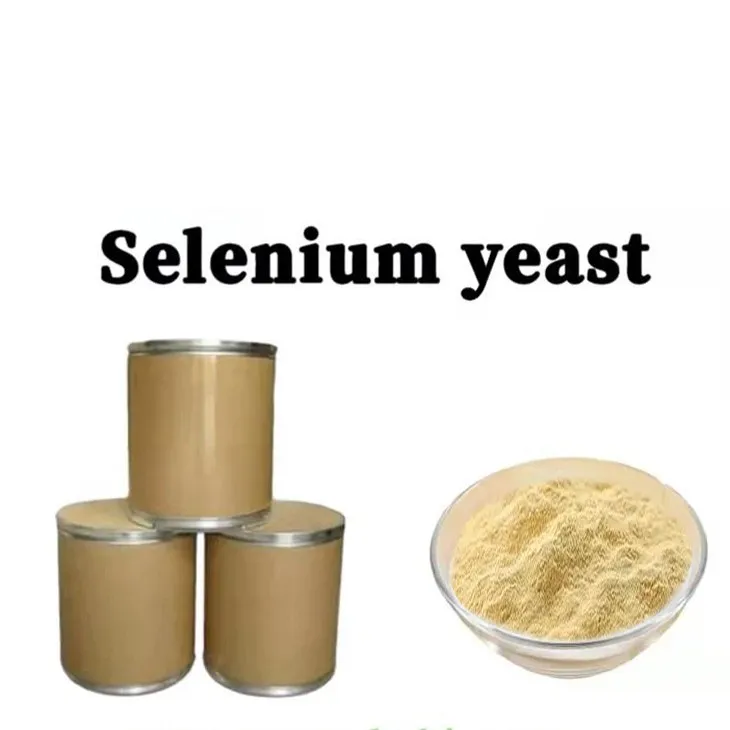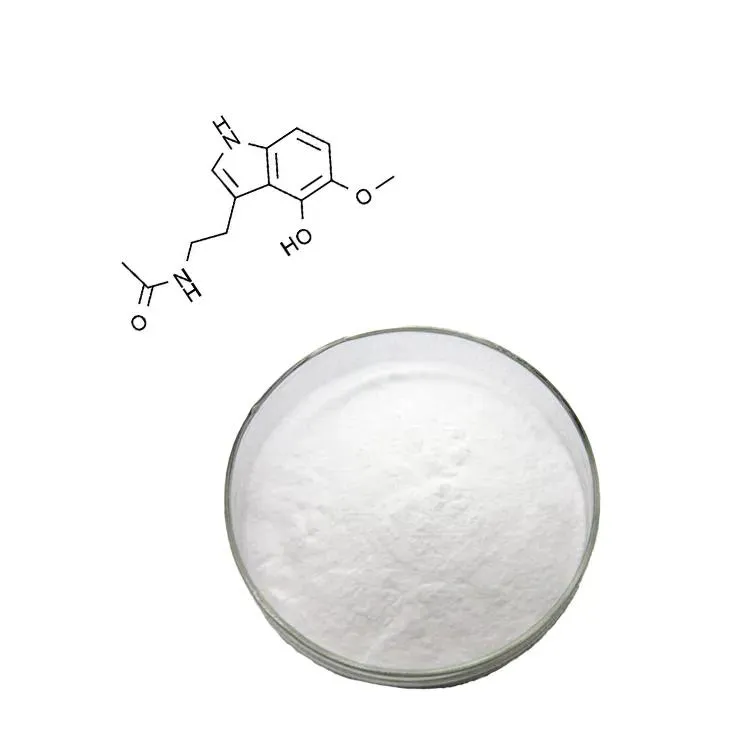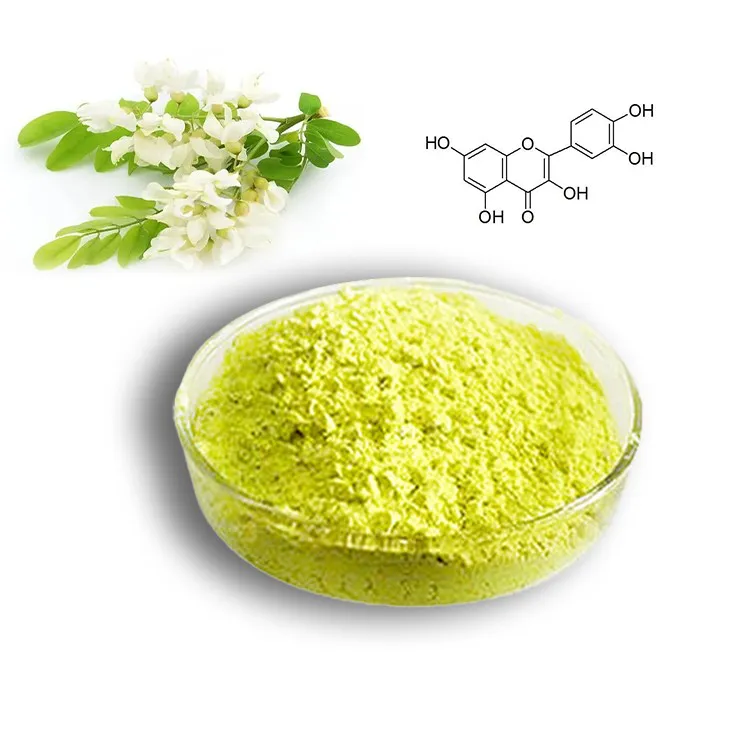- 0086-571-85302990
- sales@greenskybio.com
is lycopene a vitamin
2023-09-27
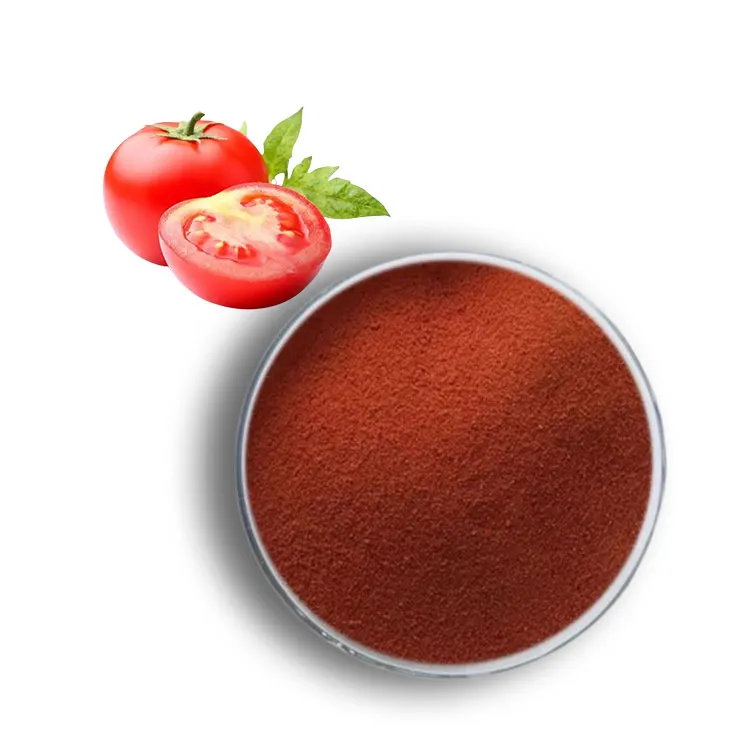
1. Chemical Structure and Properties
1. Chemical Structure and Properties
Lycopene is a naturally occurring carotenoid, which is an organic pigment found in many plants, fruits, and vegetables. It is a powerful antioxidant and has a unique chemical structure that contributes to its health-promoting properties. The molecular formula of Lycopene is C40H56, and it is composed of 40 carbon atoms and 56 hydrogen atoms. Lycopene is a hydrocarbon molecule with a long, unsaturated chain of conjugated double bonds, which gives it its characteristic red color.
The chemical structure of lycopene is characterized by its polyene chain, which consists of 11 conjugated double bonds and 2 non-conjugated single bonds. This arrangement of double and single bonds allows lycopene to absorb light in the visible spectrum, particularly in the red region, which is responsible for the vibrant red color of lycopene-rich foods such as tomatoes and watermelon.
Lycopene's chemical properties include its lipophilic nature, meaning it is fat-soluble. This characteristic is important for its absorption and transport in the body, as it requires the presence of dietary fat for efficient uptake. Additionally, lycopene is relatively stable and resistant to heat, which means it can be consumed through cooking or processing without significant loss of its beneficial properties.
In its pure form, lycopene is an oil-soluble substance that appears as a bright red crystalline solid. It is insoluble in water but can be dissolved in organic solvents such as hexane, chloroform, and acetone. Lycopene's stability can be influenced by factors such as light, oxygen, and temperature, which can lead to degradation and loss of its antioxidant activity.
Overall, the chemical structure and properties of lycopene make it a unique and important nutrient with a wide range of health benefits. Its antioxidant properties, stability, and lipophilic nature contribute to its role in promoting overall health and preventing various diseases.
2. Sources of Lycopene in Diet
2. Sources of Lycopene in Diet
Lycopene is a naturally occurring carotenoid found in various fruits and vegetables, particularly those with a red color. It is a powerful antioxidant that contributes to the vibrant hues of these food items. The primary dietary sources of lycopene include:
Tomatoes and Tomato Products: Tomatoes are the most significant source of lycopene. The concentration of lycopene in tomatoes can vary depending on the variety, ripeness, and growing conditions. Tomato products such as tomato sauce, paste, and juice also contain substantial amounts of lycopene, and cooking or processing tomatoes can increase the bioavailability of lycopene.
Watermelon: Rich in lycopene, watermelon is another popular fruit that contributes to daily lycopene intake. The pink flesh of watermelon is indicative of its lycopene content.
Grapefruit: Red and pink varieties of grapefruit contain lycopene, with the red grapefruit typically having a higher concentration.
Guava: This tropical fruit is also a good source of lycopene, particularly the red varieties.
Papaya: The red flesh of papaya contains lycopene, making it a beneficial addition to a diet seeking this nutrient.
Apricot: While not as high in lycopene as some other fruits, apricots still contribute to overall lycopene intake.
Pink and Red Bell Peppers: These peppers have a higher lycopene content compared to their green counterparts.
Cranberries: Though not as high in lycopene as some other sources, cranberries still provide a modest amount of this nutrient.
Carrot Juice: Some studies have shown that certain types of carrot juice can have a significant amount of lycopene.
Cooked Foods: Cooking can increase the bioavailability of lycopene by breaking down cell walls, making it easier for the body to absorb.
Fermented Foods: Fermentation processes, such as those used in making certain types of soy sauce, can also increase lycopene levels.
When incorporating lycopene into your diet, it's important to consider the form in which you consume these foods. For example, while raw tomatoes are a good source, cooked tomatoes can be even better due to the increased bioavailability of lycopene. Additionally, combining these foods with a source of healthy fat, such as olive oil, can further enhance the absorption of lycopene.
Incorporating a variety of lycopene-rich foods into your diet can provide a range of health benefits, from supporting heart health to potentially reducing the risk of certain types of cancer. It's always a good idea to consume a colorful array of fruits and vegetables to ensure you're getting a wide range of nutrients, including lycopene.
3. Lycopene vs
3. Lycopene vs
Lycopene is often compared with other carotenoids and vitamins due to its similar functions and benefits. Here's a breakdown of the differences and similarities between lycopene and other nutrients:
3.1 Lycopene vs Beta-Carotene
Beta-carotene is another well-known carotenoid found in various fruits and vegetables. While both lycopene and beta-carotene are powerful antioxidants, they have some differences:
1. Structure: Lycopene has a more complex structure with 11 conjugated double bonds, while beta-carotene has 9.
2. Absorption: Lycopene is more efficiently absorbed when consumed with fats, whereas beta-carotene is also well-absorbed but can be converted into vitamin A.
3. Health Benefits: Both have antioxidant properties, but lycopene has been specifically linked to a reduced risk of certain cancers, while beta-carotene is known for its role in maintaining good vision and immune function.
3.2 Lycopene vs Vitamin C
Vitamin C, also known as ascorbic acid, is a water-soluble vitamin that plays a crucial role in the immune system, skin health, and collagen production. Comparing lycopene and vitamin C:
1. Solubility: Lycopene is fat-soluble, while vitamin C is water-soluble.
2. Function: Lycopene is primarily an antioxidant, whereas vitamin C has a broader range of functions, including acting as an antioxidant, a cofactor in enzymatic reactions, and a regulator of gene expression.
3. Sources: Lycopene is mainly found in red fruits and vegetables, while vitamin C is abundant in citrus fruits, berries, and leafy greens.
3.3 Lycopene vs Vitamin E
Vitamin E is a fat-soluble vitamin known for its antioxidant properties and its role in protecting cell membranes. Here's how lycopene compares:
1. Antioxidant Activity: Both lycopene and vitamin E are antioxidants, but they target different areas within the cell. Lycopene is more effective in the watery parts of cells, while vitamin E protects the lipid (fatty) parts.
2. Synergistic Effect: They can work together to provide enhanced antioxidant protection.
3. Sources: Lycopene is specific to certain red fruits and vegetables, while vitamin E is found in nuts, seeds, vegetable oils, and some green leafy vegetables.
3.4 Lycopene vs Selenium
Selenium is a trace mineral that acts as an antioxidant and supports thyroid function. Comparing it with lycopene:
1. Function: While both have antioxidant properties, selenium is also essential for the proper functioning of the thyroid gland and the immune system.
2. Sources: Selenium is found in Brazil nuts, fish, meat, and whole grains, whereas lycopene is specific to red fruits and vegetables.
3. Mechanism: Selenium works as part of enzymes like glutathione peroxidase, which neutralizes free radicals, while lycopene acts directly as an antioxidant.
In conclusion, while lycopene shares some similarities with other nutrients, particularly in its antioxidant capacity, it has unique properties and health benefits that make it distinct. Understanding these differences can help in making informed decisions about dietary choices and supplementation.
4. Health Benefits of Lycopene
4. Health Benefits of Lycopene
Lycopene is a potent antioxidant that has been extensively studied for its numerous health benefits. It is known to play a crucial role in maintaining overall health and well-being. Here are some of the key health benefits associated with lycopene:
1. Antioxidant Properties: Lycopene is a powerful antioxidant that helps neutralize free radicals, which are unstable molecules that can cause damage to cells and contribute to aging and various diseases.
2. Heart Health: Studies have shown that lycopene can help reduce the risk of heart disease by lowering bad cholesterol (LDL) levels and preventing the oxidation of LDL cholesterol, which can lead to plaque buildup in the arteries.
3. Cancer Prevention: Lycopene has been linked to a reduced risk of several types of cancer, including prostate, lung, and stomach cancer. Its antioxidant and anti-inflammatory properties may help prevent the development and progression of cancer cells.
4. Skin Health: Lycopene can help protect the skin from harmful UV radiation, reducing the risk of sunburn and skin damage. It may also help in reducing the appearance of wrinkles and improving skin elasticity.
5. Eye Health: Lycopene is found in the macula of the eye, and its antioxidant properties can help protect against age-related macular degeneration, a leading cause of vision loss in older adults.
6. Bone Health: Some research suggests that lycopene may help improve bone health by promoting bone formation and reducing bone resorption, which can help prevent osteoporosis.
7. Immune System Support: Lycopene's antioxidant properties can help strengthen the immune system by protecting immune cells from oxidative damage and supporting their function.
8. Anti-Inflammatory Effects: Lycopene has been shown to have anti-inflammatory properties, which can help reduce inflammation in the body and may contribute to the prevention of chronic diseases.
9. Improving Fertility: Some studies have suggested that lycopene may improve sperm quality and quantity in men, which can potentially enhance fertility.
10. Neuroprotection: Lycopeene may have neuroprotective effects, potentially reducing the risk of neurodegenerative diseases such as Alzheimer's and Parkinson's.
It's important to note that while these benefits are supported by various studies, more research is needed to fully understand the extent of lycopene's impact on human health. Incorporating lycopene-rich foods into a balanced diet can be a beneficial step towards promoting overall health and well-being.
5. Lycopene's Role in Disease Prevention
5. Lycopene's Role in Disease Prevention
Lycopene has been extensively studied for its potential role in disease prevention, particularly in relation to its antioxidant and anti-inflammatory properties. Here's a closer look at how lycopene may contribute to preventing various diseases:
Cardiovascular Disease Prevention
Lycopene has been linked to a reduced risk of cardiovascular disease. Its antioxidant properties help to protect against the oxidative damage that can lead to atherosclerosis, a condition characterized by the buildup of plaque in the arteries. Lycopene may also help to lower blood pressure and improve blood lipid profiles, which are both important factors in reducing the risk of heart disease.
Cancer Prevention
Several studies have suggested that lycopene may play a role in cancer prevention, particularly prostate cancer. The antioxidant properties of lycopene can help to neutralize free radicals, which can damage DNA and lead to cancerous cell growth. Additionally, lycopene has been shown to inhibit the growth of cancer cells and induce apoptosis (cell death) in certain types of cancer.
Skin Health
Lycopene's antioxidant properties can also benefit skin health by protecting against UV-induced damage and reducing inflammation. This may help to prevent skin aging, reduce the risk of skin cancer, and improve the appearance of skin.
Bone Health
Some research suggests that lycopene may play a role in maintaining bone health. Lycopene has been shown to stimulate the production of osteoblasts, which are cells responsible for bone formation. This may help to prevent bone loss and reduce the risk of osteoporosis.
Diabetes Prevention
Lycopene has been linked to a reduced risk of type 2 diabetes. Its antioxidant and anti-inflammatory properties may help to improve insulin sensitivity and reduce inflammation, which are both important factors in the development of diabetes.
Conclusion
While more research is needed to fully understand the extent of lycopene's role in disease prevention, current evidence suggests that it may offer significant health benefits. Incorporating lycopene-rich foods into your diet, such as tomatoes, watermelon, and red grapefruit, can be a simple and effective way to boost your intake of this powerful antioxidant.
6. How Lycopene is Absorbed and Metabolized
6. How Lycopene is Absorbed and Metabolized
Lycopene, a fat-soluble carotenoid, is absorbed and metabolized in the human body through a complex process involving several steps. Understanding how lycopene is processed within the body can help us appreciate its role in maintaining health and preventing diseases.
6.1 Absorption
The absorption of lycopene begins in the gastrointestinal tract. It is primarily absorbed in the small intestine, where it is released from the food matrix during digestion. The efficiency of lycopene absorption can be influenced by several factors:
- Presence of dietary fat: Lycopene's fat solubility means that its absorption is enhanced in the presence of dietary fats. Consuming lycopene-rich foods with a source of fat, such as olive oil or avocado, can improve its bioavailability.
- Food matrix: The form in which lycopene is consumed can affect its absorption. For example, cooked tomatoes release more lycopene than raw ones due to the breakdown of the cell walls during cooking, making the lycopene more accessible for absorption.
- Interaction with other nutrients: Certain nutrients, such as vitamin E and other carotenoids, can influence the absorption of lycopene.
6.2 Transport
Once absorbed, lycopene is incorporated into chylomicrons, which are lipoprotein particles that transport dietary fats through the lymphatic system and into the bloodstream. From there, lycopene is taken up by various tissues, including the liver and adipose tissue.
6.3 Metabolism
Lycopene undergoes minimal metabolism in the human body. It is primarily excreted unchanged through the bile and feces. However, some studies suggest that the body can convert lycopene into other carotenoids or metabolites, although the extent and significance of this process are not fully understood.
6.4 Storage
Lycopene is stored in the body's adipose tissue and can be found in relatively high concentrations in the liver, adrenal glands, and testes. The storage of lycopene in adipose tissue contributes to its long-term availability for the body's needs.
6.5 Elimination
The elimination of lycopene from the body primarily occurs through the gastrointestinal tract, with a small portion being excreted through the skin and other tissues. The half-life of lycopene in the body is relatively long, indicating that it can accumulate and persist in the body for an extended period.
6.6 Factors Affecting Lycopene Absorption and Metabolism
Several factors can influence the absorption and metabolism of lycopene, including:
- Genetics: Individual genetic differences can affect the efficiency of lycopene absorption and metabolism.
- Age: Older adults may have reduced absorption and metabolism of lycopene compared to younger individuals.
- Health status: Certain health conditions, such as malabsorption syndromes, can impact the body's ability to process lycopene.
- Nutrient interactions: The presence of other nutrients, such as fiber and proteins, can affect the absorption and metabolism of lycopene.
In conclusion, the absorption and metabolism of lycopene are complex processes influenced by various factors. Understanding these processes can help in optimizing dietary strategies to maximize the health benefits of lycopene. Ensuring adequate intake of dietary fat and consuming lycopene-rich foods in a variety of forms can support efficient absorption and utilization of this important carotenoid.
7. Interactions with Other Nutrients
7. Interactions with Other Nutrients
Lycopene, while not a vitamin, does interact with other nutrients in the body, and these interactions can influence its bioavailability and overall health benefits. Here are some key interactions to consider:
1. Fat Solubility: Lycopene is a fat-soluble nutrient, which means it requires the presence of dietary fat for optimal absorption. Consuming lycopene-rich foods with a source of healthy fats, such as olive oil or avocado, can enhance its uptake.
2. Vitamin E: Vitamin E is a fat-soluble vitamin that has been shown to work synergistically with lycopene. Both are antioxidants, and their combined presence can provide enhanced protection against oxidative stress.
3. Vitamin C: Vitamin C can increase the bioavailability of lycopene by reducing its degradation during digestion. This vitamin also has antioxidant properties, which can complement the effects of lycopene.
4. Dietary Fiber: High-fiber diets can interfere with the absorption of fat-soluble nutrients, including lycopene. However, moderate fiber intake does not seem to negatively impact lycopene absorption significantly.
5. Minerals: Certain minerals, such as selenium and zinc, can enhance the antioxidant capabilities of lycopene. These minerals work together to support the body's antioxidant defense system.
6. Phytoene and Phytofluene: These are carotenoids closely related to lycopene. They can compete for absorption, but they also work together to provide a range of health benefits.
7. Alcohol: Moderate alcohol consumption, particularly red wine, has been associated with increased lycopene levels in the body. However, excessive alcohol intake can have detrimental effects on health.
8. Cooking Methods: Cooking can alter the bioavailability of lycopene. For example, heating tomatoes can increase the release of lycopene from the plant matrix, making it more available for absorption.
Understanding these interactions can help individuals optimize their dietary choices to maximize the health benefits of lycopene. It's important to consume a balanced diet rich in a variety of nutrients to support the body's overall health and well-being.
8. Lycopene Deficiency and Toxicity
8. Lycopene Deficiency and Toxicity
Lycopene is a naturally occurring carotenoid found in a variety of fruits and vegetables, particularly in tomatoes and tomato-based products. Unlike vitamins, lycopene is not an essential nutrient, which means that the human body does not require it for proper functioning. However, it is still beneficial for health due to its antioxidant and anti-inflammatory properties.
Lycopene Deficiency
Since lycopene is not an essential nutrient, there is no specific deficiency syndrome associated with it. However, a diet lacking in fruits and vegetables, which are rich sources of lycopene, can lead to a lower intake of this carotenoid. This may contribute to a reduced intake of other important nutrients and antioxidants, potentially increasing the risk of certain health conditions.
Individuals who follow a restrictive diet or have certain medical conditions that affect nutrient absorption may have a lower intake of lycopene. However, it is important to note that a lycopene deficiency is unlikely to cause any specific symptoms or health issues on its own.
Lycopene Toxicity
Lycopene is considered safe for consumption, and there are no known cases of toxicity associated with its intake. Even high doses of lycopene, up to 75 mg per day, have been shown to be safe in clinical studies. However, it is always best to consume lycopene through a balanced diet rather than relying on supplements.
While lycopene itself is not toxic, consuming excessive amounts of certain foods or supplements containing lycopene may lead to other health issues. For example, consuming large amounts of tomatoes or tomato-based products may lead to increased levels of potassium in the blood, which can be harmful for individuals with kidney problems.
Conclusion
Lycopene is a beneficial carotenoid found in various fruits and vegetables, particularly tomatoes. Although it is not an essential nutrient, it provides antioxidant and anti-inflammatory benefits that can support overall health. There is no specific deficiency or toxicity associated with lycopene, as it is not required for proper functioning and is considered safe for consumption.
To ensure adequate intake of lycopene and other important nutrients, it is recommended to follow a balanced diet rich in fruits and vegetables. While lycopene supplements may be beneficial for some individuals, it is always best to prioritize whole foods as the primary source of this carotenoid.
In conclusion, lycopene is a valuable component of a healthy diet, and its consumption can contribute to overall health and well-being. However, it is important to maintain a balanced diet and not rely solely on supplements to meet nutritional needs.
9. Conclusion and Recommendations
9. Conclusion and Recommendations
In conclusion, lycopene is a potent carotenoid antioxidant that, while not classified as a vitamin, plays a crucial role in human health and disease prevention. Its unique chemical structure endows it with strong antioxidant and anti-inflammatory properties, which contribute to its numerous health benefits. Lycopene is particularly abundant in red fruits and vegetables, such as tomatoes and watermelon, and can be easily incorporated into a balanced diet.
Given its established role in reducing the risk of various chronic diseases, including cardiovascular disease and certain types of cancer, it is recommended that individuals consume a diet rich in lycopene-containing foods. However, it is important to note that lycopene absorption and metabolism can be influenced by factors such as food preparation methods and the presence of other nutrients.
While lycopene deficiency is not a common concern due to its widespread availability in the diet, excessive intake of lycopene supplements has been associated with potential toxicity. Therefore, it is advisable to obtain lycopene primarily through dietary sources and to consult with a healthcare professional before taking supplements.
In summary, lycopene is an essential nutrient that can be easily obtained through a diet rich in red fruits and vegetables. By incorporating these foods into your daily meals and maintaining a balanced diet, you can harness the powerful health benefits of lycopene and contribute to the prevention of various chronic diseases.
- ▶ Hesperidin
- ▶ Citrus Bioflavonoids
- ▶ Plant Extract
- ▶ lycopene
- ▶ Diosmin
- ▶ Grape seed extract
- ▶ Sea buckthorn Juice Powder
- ▶ Fruit Juice Powder
- ▶ Hops Extract
- ▶ Artichoke Extract
- ▶ Mushroom extract
- ▶ Astaxanthin
- ▶ Green Tea Extract
- ▶ Curcumin
- ▶ Horse Chestnut Extract
- ▶ Other Product
- ▶ Boswellia Serrata Extract
- ▶ Resveratrol
- ▶ Marigold Extract
- ▶ Grape Leaf Extract
- ▶ New Product
- ▶ Aminolevulinic acid
- ▶ Cranberry Extract
- ▶ Red Yeast Rice
- ▶ Red Wine Extract
-
Hesperidin
2023-09-27
-
Tamarind extract powder
2023-09-27
-
Feverfew Extract
2023-09-27
-
Bitter Melon Extract
2023-09-27
-
Mulberry Extract
2023-09-27
-
Red Date Extract
2023-09-27
-
Longan Extract
2023-09-27
-
Selenium yeast
2023-09-27
-
melatonin extract
2023-09-27
-
Quercetin
2023-09-27











